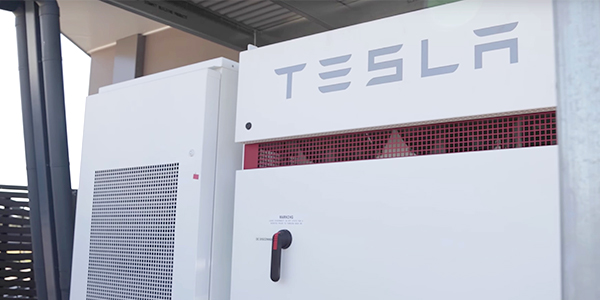By Amanda Durish Cook
MISO must flesh out more details around its already lengthy proposal for allowing energy storage resources to participate in its markets, FERC said Monday.
In an April 1 letter requesting more information on the plan, FERC said it could not process MISO’s Order 841 compliance filing until it clarifies several points regarding its phased participation approach, proposed commitment statuses, complexities for storage resources on the distribution system, conflicting offers and bids and make-whole payments (ER19-465). MISO has 30 days to respond.
FERC Order 841 requires RTOs and ISOs to revise their market participation models to allow storage resources 100 kW and larger to provide the capacity, energy and ancillary services they are technically capable of providing. MISO and its stakeholders spent the better part of last year negotiating rules that culminated in a 1,300-page filing. (See MISO Offers Storage Proposal, Promises to Exceed Order 841.)
In its compliance filing, MISO said it “anticipates significant uncertainty and risks related to the ability of MISO’s system and software to handle the participation of large numbers of very small” energy storage resources. The RTO asked for a “phased approach in the accommodation of very small” storage resources that would limit participation of small storage resources to 50 in the first year of compliance and 150 in the second year.
MISO said that approach would give it time to “further develop and fine-tune its system and software to be able to handle potentially increasing numbers of very small” storage resources.
But FERC directed MISO to specify what year it expects to provide market access to all storage resources that meet the 100-kW minimum threshold.
MISO must also explain how its must-offer requirement is affected when storage resources elect to use the RTO’s proposed dispatch status of “not participating” or other commitment statuses, the agency said. MISO’s filing proposed owners of storage resources could choose between several commitment modes, including charge, discharge, continuous, available, not participating, emergency charge, emergency discharge and outage. MISO has said its discharging, charging and continuous modes will carry must-run designations.
FERC said MISO must clarify whether it proposes to levy transmission charges on storage resources when they are charging to resell energy later. MISO must also explain how it will help storage on the distribution system from making double payments — at both retail and wholesale — for charging energy.
FERC also asked if MISO would propose metering practices to manage the “complexities” of selling energy to a storage resource that will then resell the energy at the wholesale LMP.
MISO’s proposal requires storage owners to secure agreements with distribution companies that can deliver stored energy to the transmission system. However, FERC asked if MISO would require the same agreements when energy is moved from the transmission system to distribution-level storage, and it asked the RTO to explain a provision that prohibits distribution-level storage resources from pseudo-tying into a different balancing authority.
The agency also told MISO to cite Tariff provisions that will allow owners of storage resources to self-manage their state of charge.
FERC additionally said if MISO were to rely on existing Tariff provisions for a storage participation model, it should provide the commission with citations to the applicable market rules and pseudo-tie requirements for transmission-level resources. MISO must also describe how its filing will give storage resources access to all capacity, energy and ancillary service markets, as well as non-market services such as black start, primary frequency response and reactive power.
FERC told MISO to explain how its filing will prevent the same resource from submitting conflicting supply offers and demand bids for the same market interval. It also seeks to know if the participation model allows for make-whole payments when a resource is dispatched as load and the wholesale price is higher than the bid price and when a resource is dispatched as supply and the wholesale price is lower than the offer price. The commission also asked if resources available for manual dispatch will be eligible for make-whole payments.
Finally, FERC asked MISO to cite how its compliance filing will allow storage dispatched as supply and demand to set the wholesale market clearing price as both a wholesale seller and buyer, as Order 841 dictates. The agency also asked for citations to support that storage resources can set the price in the MISO capacity market, that MISO will accept wholesale bids from storage owners and that self-scheduled storage resources can participate in the market as price-takers.




